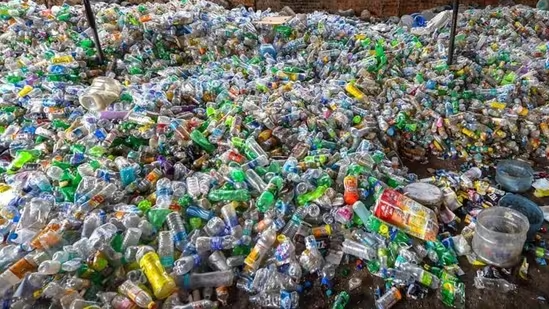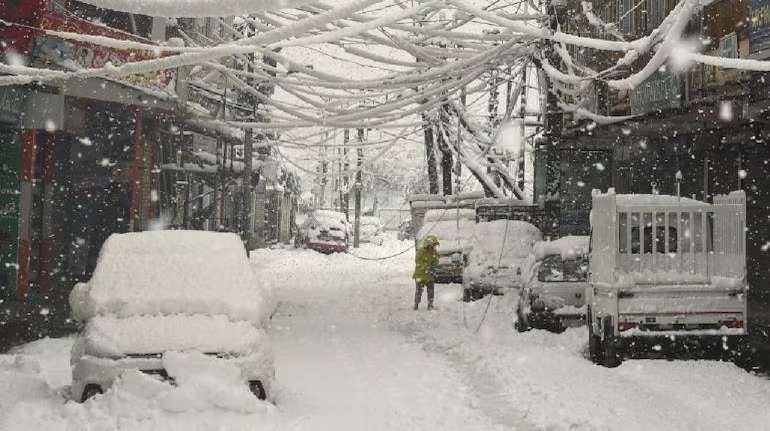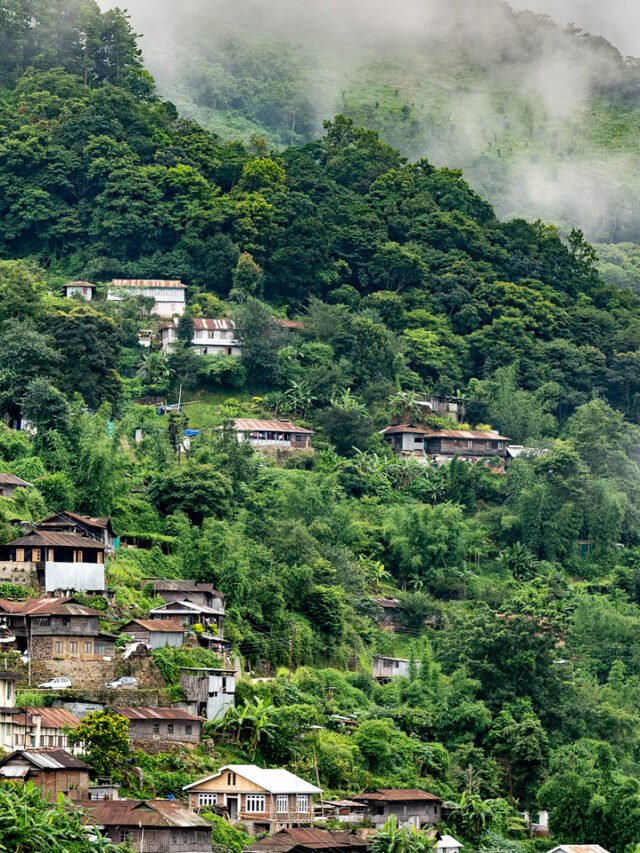NEW DELHI, April 20: If the current rate of plastic production continues, it could use up the global carbon budget to limit global warming to 1.5 degrees Celsius by as early as 2060 or no later than 2083, according to a new study.
The study by the United States’ Lawrence Berkeley National Laboratory (LBNL) comes ahead of the fourth round of United Nations negotiations for an international treaty to end plastic pollution in Ottawa, Canada, during April 23-29.
It is estimated that global plastic production today accounts for around 12 per cent of total demand for oil and 8.5 per cent of total demand for natural gas.
Greenhouse gas emissions during primary plastic production come from burning fossil fuels for heat and electricity, and other processes that don’t involve burning. About 75 per cent of these emissions happen before the plastic is even formed.
Burning fossil fuels is the primary reason for the increasing concentrations of greenhouse gases in the atmosphere, which are driving up global temperatures.
The study suggests that primary plastic production needs to decrease by around 12 to 17 per cent per year starting in 2024 to avoid breaching the 1.5 degrees Celsius limit set by the Paris Agreement.
In 2019 alone, primary plastic production generated about 2.24 gigatonnes of carbon dioxide equivalent (GtCO2e), which is 5.3 per cent of total global greenhouse gas emissions (excluding agriculture and LULUCF (Land Use, Land-Use Change and Forestry).
In contrast, the global aviation sector produced 0.6 GtCO2e in 2019, while the entire global transport sector, including aviation, produced 8.3 GtCO2e.
Under a conservative growth scenario (2.5 percent per year), GHG emissions from primary plastic production would more than double to 4.75 gigatonnes of carbon dioxide equivalent (GtCO2e) by 2050, accounting for 21-26 per cent of the remaining global carbon budget for a 50 per cent chance of staying below the 1.5 degrees Celsius threshold.
At a growth rate of 4 per cent per year, emissions from primary plastic production would increase more than threefold to 6.78 GtCO2e, accounting for 25-31 per cent of the remaining global carbon budget, the study said.
Under these two growth scenarios, cumulative GHG emissions from primary plastic production could total 106-126.6 GtCO2e between 2019 and 2050, which is 21-25 per cent of the remaining carbon budget.
The share of the carbon budget allocated to primary plastics increases to 26-31 per cent when considering a smaller carbon budget that offers a 67 per cent chance of staying below the 1.5 degrees Celsius limit.
The researchers said such detailed modelling of individual primary plastic polymers, where production value chain stages are fully taken into account, can provide a sound technically neutral and scientific foundation to inform the global plastic treaty and enable stronger coordination with other global treaties on climate change.
Such modelling is also critical to understanding the climate impacts of proposed mitigation measures under the treaty, as most of these are either polymer-specific or would have different implications per polymer, they said.
Swiss non-profit EA – Earth Action released “The Plastic Overshoot Day” report last week, saying global plastic waste generation has risen by 7.11 per cent since 2021.
The report said the world is expected to generate 220 million tons of plastic waste this year, 70 million tons of which will end up polluting the environment. (PTI)












